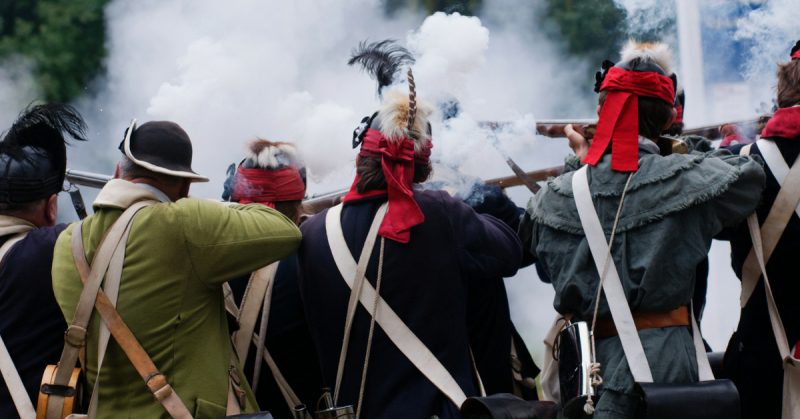Mainstream history and conventional accounts of the Revolutionary War recall America’s battle for independence as a conflict predicated upon a popular uprising in North America. The founding fathers, unhappy with a faraway and oppressive power that unfairly repressed and taxed their fellow colonists, banded the North American colonies together against Great Britain. The war lasted for several years, from 1775 to 1783, concluding with America formally breaking ties with the Crown.
In broad strokes, the above account is generally an accurate description of the Revolutionary War. Parliament, after all, did levy several tax and land acts against its colonies that many Americans found particularly punitive and oppressive. Thousands of colonists, from New England to Georgia, grouped together to face what they collectively viewed as a threat to their autonomy and sovereignty. Patriot resistance and colonial sentiment, however, were not as consistent as sometimes described in textbooks; particularly in the South, where a fair number of colonists remained divided over the conflict.
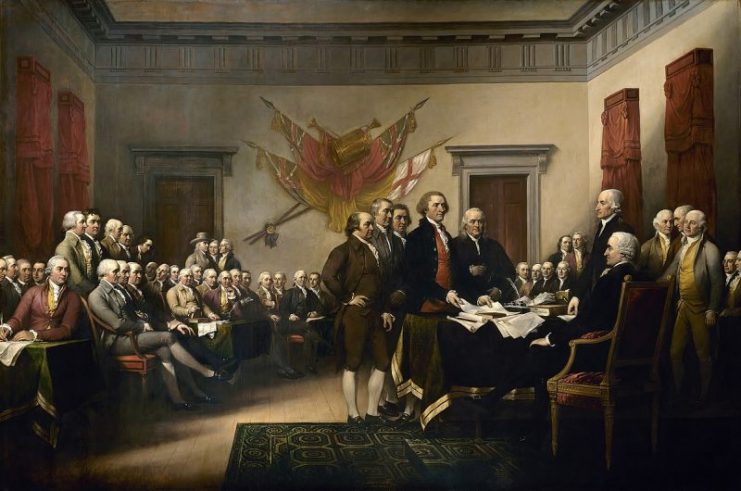
According to historian Alan Taylor’s recent work, American Revolutions: A Continental History, 1750 – 1804, almost a fifth of colonists were Loyalists—also called Tories or Royalists— sympathetic to King George III. The remaining 80% of colonists were divided equally between Patriots—those who followed Washington and the nascent Continental Congress—and a muddling conglomeration of partisans with shifting allegiances.
This latter group often opted to fight on one side of the conflict or the other out of necessity, family loyalties, or political differences rather than under the common banner of colonial autonomy or royal authority. When we also consider the multitude of various other actors in the conflict—women, slaves, fugitive blacks, and recalcitrant American Indians, to name a few—it becomes painfully apparent that the American rebellion was anything but a homogenous uprising of like-minded Patriots.
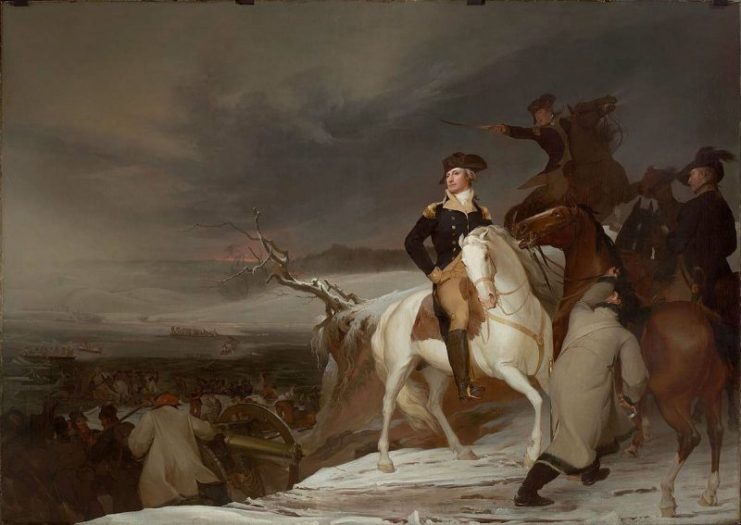
At the apex of their colonial existence, American pioneers lived in a patriarchal society dominated by affluent men set on bending a burgeoning nation to their respective wills. Contextually speaking, English colonists enjoyed more civil liberties than their French or Spanish counterparts.
Their taxes, which history cites as a major point of consternation, were also collected at a smaller volume and rate than those levied in Great Britain. Wealthy land owners controlled the press, however, which allowed them to stoke the flames of colonial resentment, eventually thrusting their countrymen into the American War of Independence.
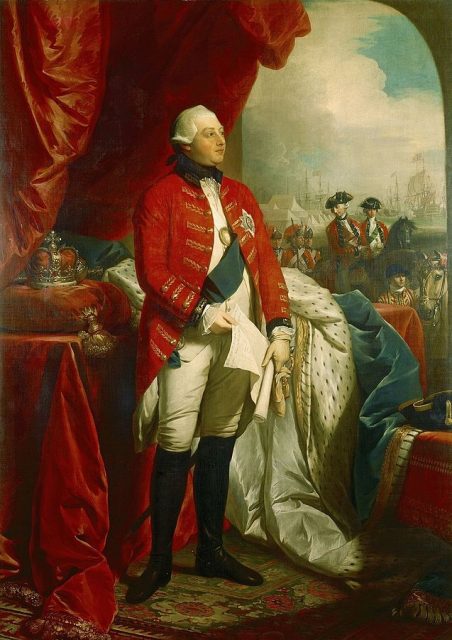
In addition to all-out war with Great Britain, the above events led to significant political and social developments that contributed to a legacy of American conflict; changes that some say even set the stage for the Civil War. An emerging class war, while felt in all parts of the colonies, was particularly prevalent in the South.
American landholders, slaveowners, and businessmen routinely engaged in property speculation, which crushed disenfranchised poor whites in places like Georgia the Carolinas. Those attempting to cross the Appalachians were additionally forced to face the wrath of angry Indians, while wealthier whites remained in the relative safety of their low country estates.
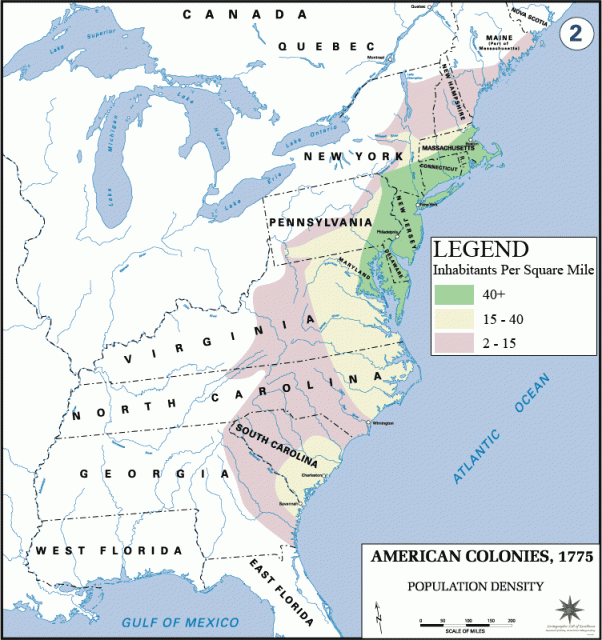
Compounding matters were some longstanding differences over slavery. In 1780, for example, the cash-strapped Virginia state legislature proposed the idea of offering poor whites land and slaves in exchange for their military service. Well-to-do whites staunchly opposed the legislation, which they viewed as a blatant attempt at redistributing their wealth, setting the stage for future disputes in coming decades.
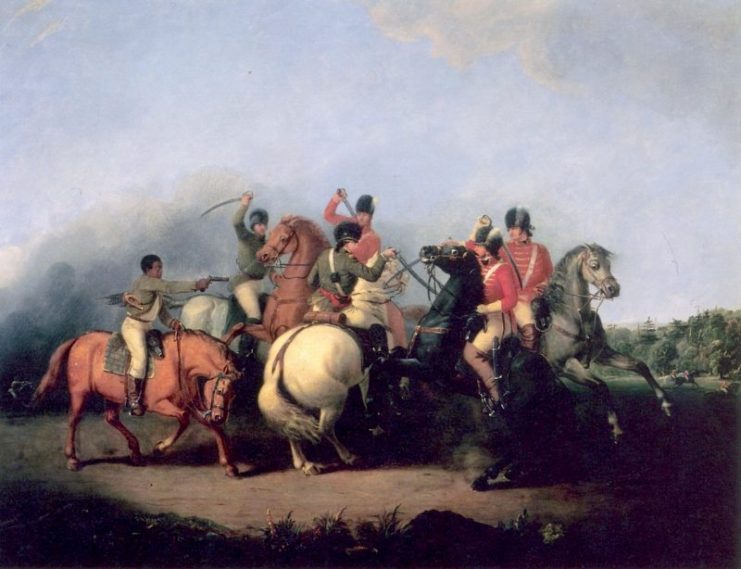
Historian Michael McDonnell points out, that “Many legislators argued that the wealthiest slaveholders in particular, who generally had not fought in the war, ought to give up a larger share of their slaves to those who had.” Thus, some statesmen, like James Madison, suggested that slaves be armed and permitted to fight against the Crown. His political opponents simply saw slaves as property, which they refused to surrender to the state. Anti-Federalists warned that the arming of enslaved blacks would “draw off immediately such a number of the best labourers for the Culture of the Earth as to ruin individuals.”
The debate over arming slaves was a hot button topic at the very outset of the Revolutionary War, beginning when Virginia Governor John Murray, also known as Lord Dunmore, delivered his proclamation in November 1775. The Loyalist statesman announced that slaves willing to fight for Great Britain would earn their freedom under protection of the Crown.
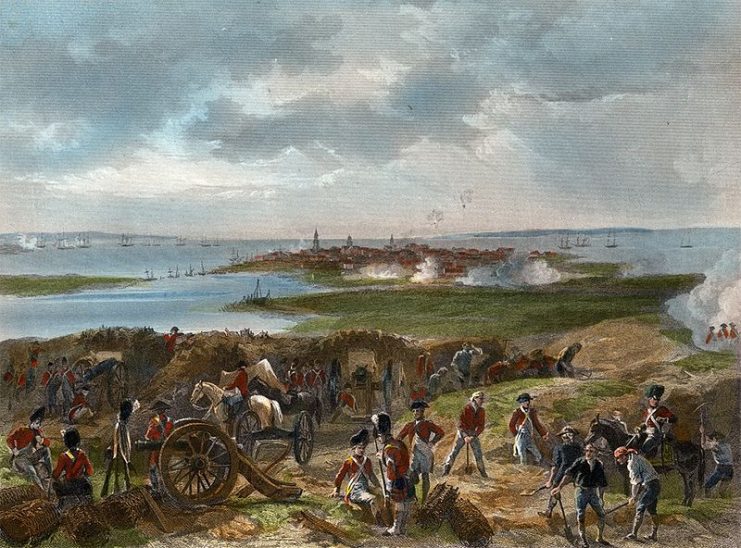
Wealthy Virginians quickly turned on Dunmore and the British, who they saw as usurpers attempting to deprive them of their chattel property. Such conflicts set an ominous precedent in which those ostensibly fighting for individual liberties paradoxically did so at the expense of black slaves and poor whites.
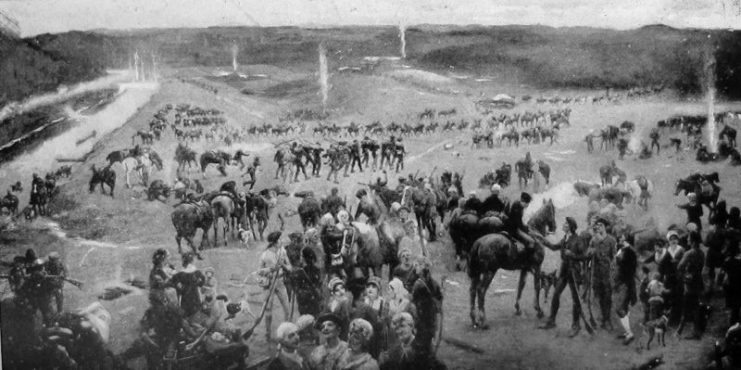
One only need look to the Battle of Kings Mountain to understand the deep divides that existed between the various camps of Loyalists and Patriots during the Revolutionary War. The engagement took place on October 7, 1780 in what is present-day Cherokee County, South Carolina. A decisive victory for American autonomy, the battle was waged entirely between colonial militias, with about 900 Patriots squaring off against approximately 1,000 Loyalists.
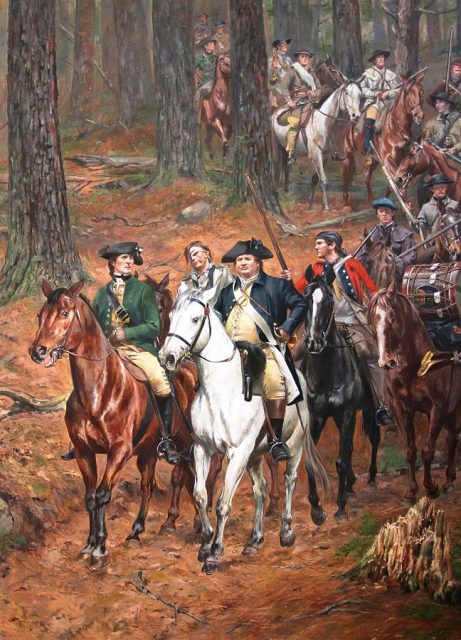
The outnumbered Patriots successfully ambushed Patrick Ferguson’s Royalists. Ferguson, himself killed in the conflict, lost virtually all his men to the rebels (over 450 killed or wounded and nearly another 700 captured). The battle was one of the bloodiest backwoods brawls of Great Britain’s failed Southern Campaign, with multiple bayonet charges and barbaric hand-to-hand combat deciding the final outcome of the engagement.
Before the war’s end, thousands of Americans ended up mercilessly killing one another over a host of troubling issues. Chief among these was the matter of slavery, which grew to epic proportions following the conclusion of the war and the establishment of the federal government. What remained a lingering matter, however, were significant political and social divides that grew to fuel bitter resentment between the North and South. Ultimately, all these simmering tensions boiled over less than a century later and erupted in the Civil War.
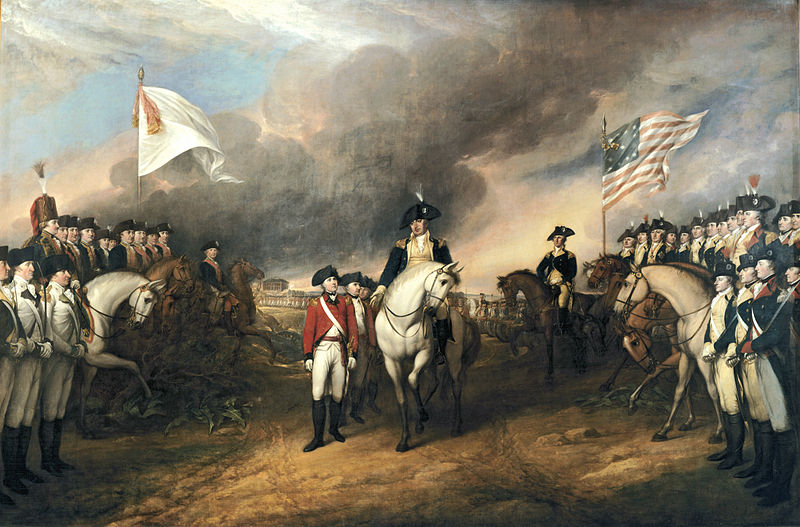
___________________________________________
Robert Ranstadler is a retired U.S. Marine and independent military historian who turned to freelance writing and editing after retiring from active duty service in 2015. He holds an advanced degree in history, has written multiple feature-length articles, and is currently preparing a monograph about irregular tactics and partisan warfighters in the Revolutionary War. Robert resides in Virginia where he and his family enjoy hiking and exploring historic battlefields across the Southeastern United States.
